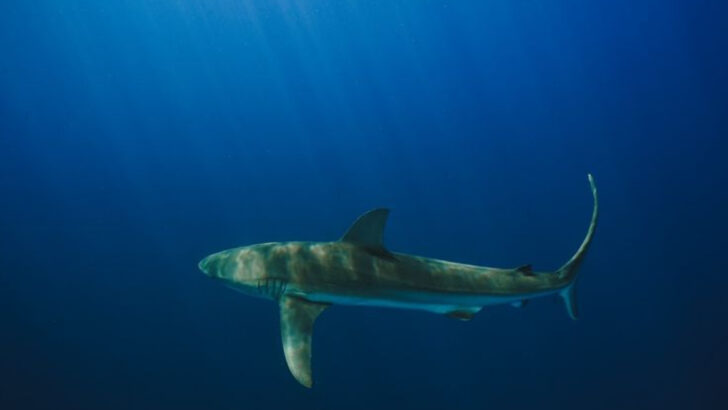Dusky sharks are the deep sea’s stealthy powerhouses—built like tanks and born to roam.
These aren’t your average reef cruisers. They glide through the ocean’s wildest highways, covering thousands of miles with muscle, mystery, and a mission.
With their sleek silhouettes and cold, calculating eyes, dusky sharks rule the middle of the food chain—keeping balance where chaos could easily take over. They’re the quiet enforcers of the deep, slipping between light and shadow, always on the move, always watching.
And they’ve got secrets.
From their jaw-dropping migrations to the way they silently shape entire marine ecosystems, dusky sharks are full of surprises. They’re not just survivors—they’re legends of the open sea.
Here are 15 fascinating facts about these elusive wanderers of the deep and the hidden world they call home.
Migratory Marvels
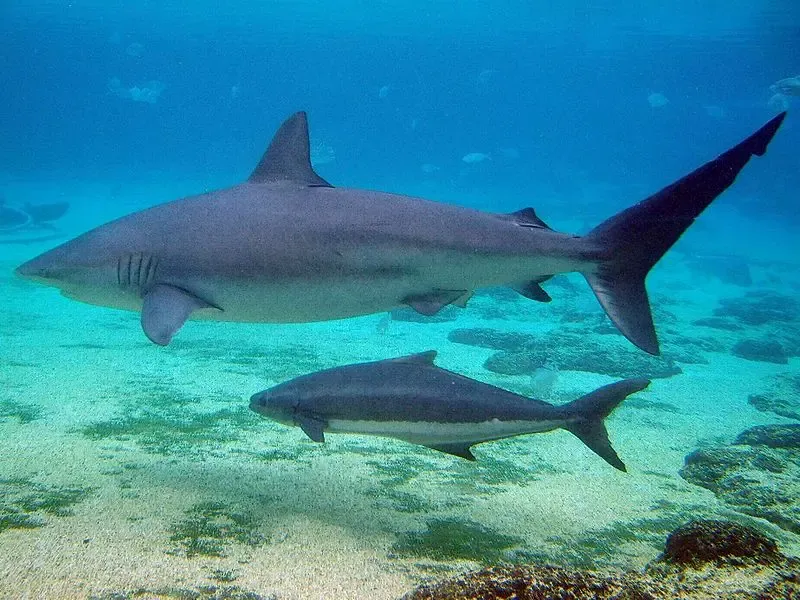
Journeying across the oceans, dusky sharks are truly migratory marvels. Covering thousands of miles annually, these sharks traverse from tropical to temperate waters.
Their migratory patterns are not only a testament to their endurance but also critical for their survival. Why do they travel such vast distances? It’s a strategy to exploit different feeding grounds and ensure breeding success.
These journeys also help them escape unfavorable conditions. Migration in dusky sharks is driven by environmental cues like water temperature and prey availability. The complexity of their migratory behavior continues to intrigue scientists worldwide.
Apex Predator Status
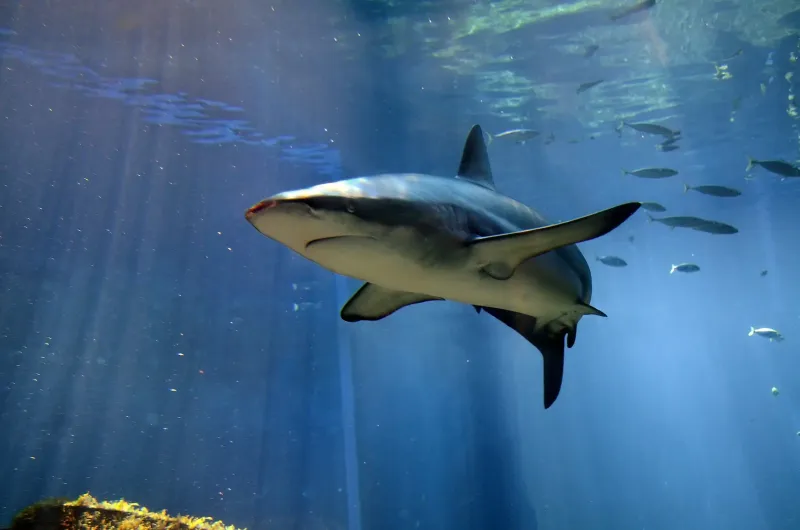
Dusky sharks hold a vital role as apex predators in their marine ecosystems. With keen senses and powerful jaws, they maintain the balance by controlling prey populations. This role is crucial to the health of oceanic food webs.
Their diet includes fish, squid, and occasionally other sharks. This varied diet ensures they play a dynamic part in their ecosystem. Their presence regulates species diversity and abundance, underscoring their importance.
As apex predators, they face few natural threats, but human activities pose significant risks. Protecting such predators is essential for maintaining ecological balance.
Stealthy Hunters
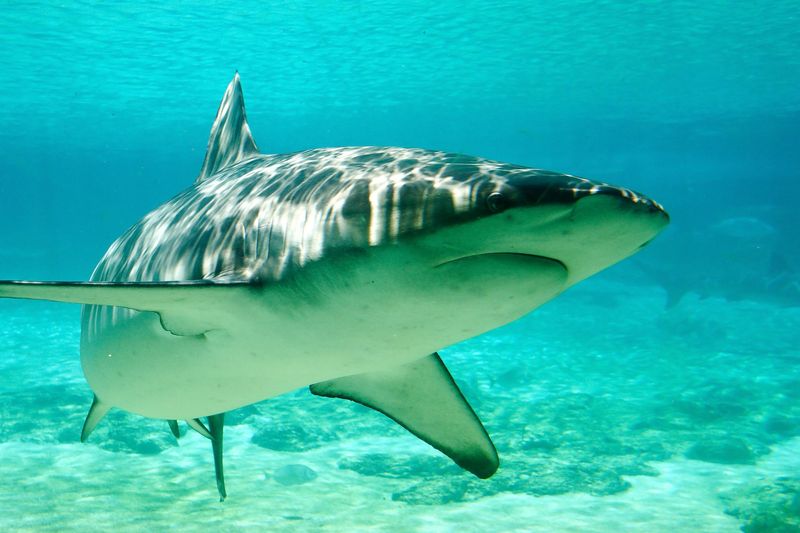
With remarkable stealth, dusky sharks navigate the deep, employing cunning hunting techniques. Their muted coloration aids in camouflage, allowing them to ambush prey.
They often hunt at dawn or dusk, taking advantage of low light conditions. This timing aids in their surprise attacks. Their approach is calculated and methodical, revealing an intelligence that fascinates researchers.
The stealthy nature of these sharks adds to their mystique, making them intriguing subjects for marine biologists. Understanding their hunting strategies provides insight into their survival mechanisms in the ocean’s depths.
Adaptable Survivors
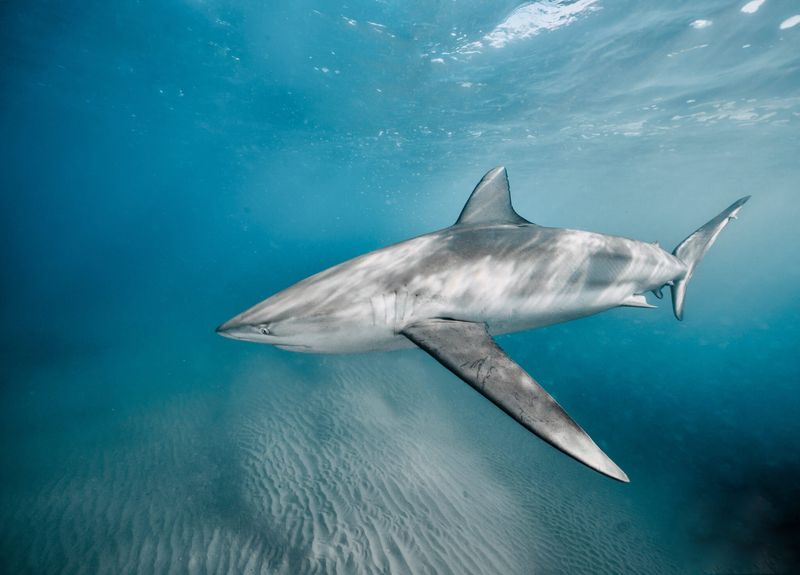
Adaptability is a cornerstone of the dusky shark’s survival. These sharks thrive in varied environments, from coastal regions to deep oceanic waters. Their ability to adapt is key to their resilience.
Environmental changes, such as temperature shifts, challenge many marine species. However, dusky sharks adjust their behavior and habitat preferences in response. This adaptability enables them to maintain their place in the food chain.
By studying their adaptability, scientists gain insights into how marine creatures might cope with changing climates. Dusky sharks exemplify resilience, highlighting the need for protective measures against environmental threats.
Fascinating Birth Process
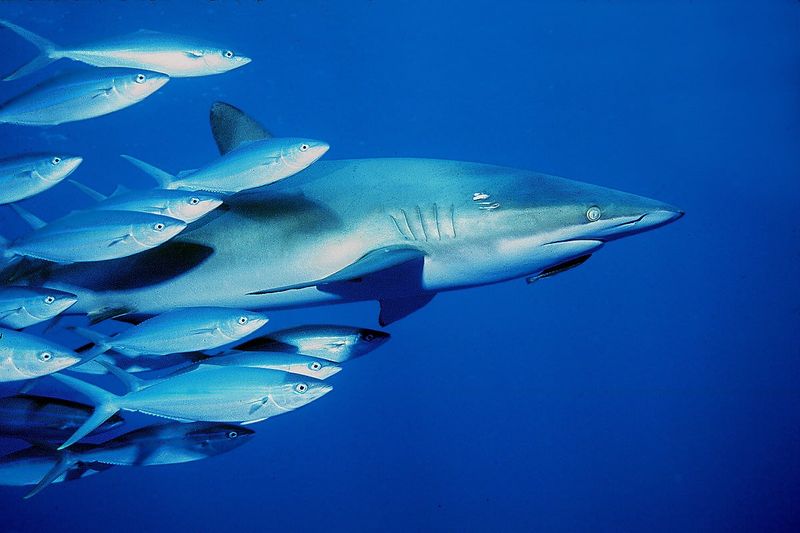
The birth process of dusky sharks is as fascinating as the creatures themselves. Females give birth to live young, known as pups, after a lengthy gestation period of up to 16 months.
This live-bearing reproductive strategy is known as viviparity. It ensures that pups are relatively developed at birth, increasing their chances of survival. Typically, a litter consists of six to 12 pups.
The extended gestation period is a survival strategy, allowing the young to develop in a controlled environment. This process reflects the dusky shark’s commitment to ensuring the next generation thrives.
Threats and Conservation
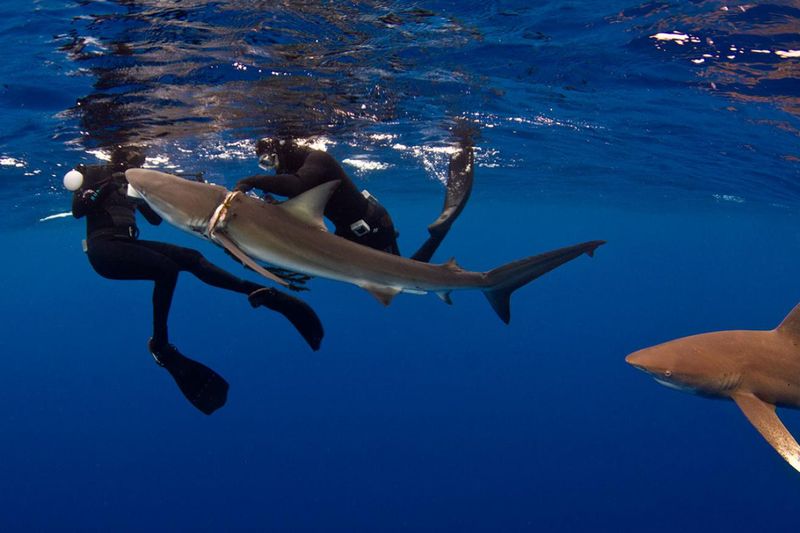
Despite their formidable presence, dusky sharks face numerous threats. Overfishing, habitat loss, and climate change jeopardize their populations. These threats highlight the urgent need for conservation efforts.
The slow reproductive rate of dusky sharks exacerbates their vulnerability. With long gestation periods and few offspring, their populations recover slowly. Conservation strategies focus on habitat protection and sustainable fishing practices.
International cooperation is essential to safeguard their future. Protecting dusky sharks ensures the health of marine ecosystems and highlights human responsibility in preserving biodiversity.
Unique Sensory Abilities
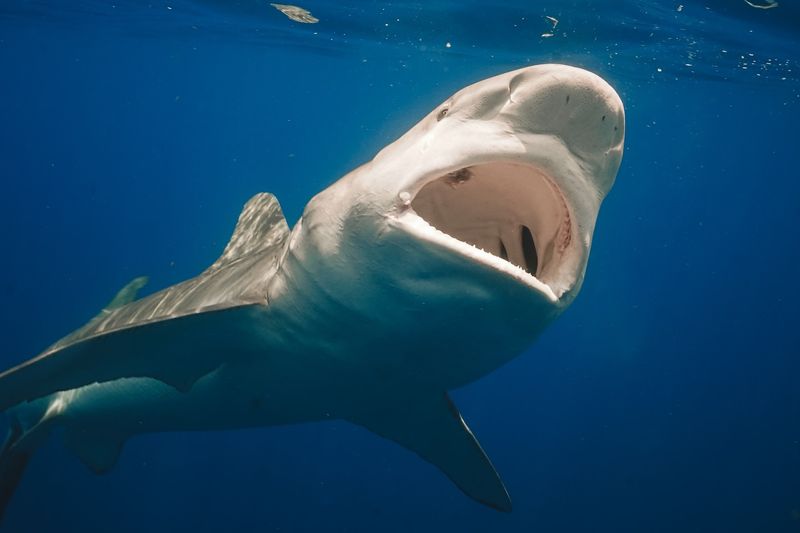
Dusky sharks possess extraordinary sensory abilities that aid in their survival. Their keen sense of smell detects prey from great distances, while their lateral line senses vibrations in water.
Electroreception, the ability to sense electromagnetic fields, allows them to detect hidden prey. This sensory prowess ensures they remain adept hunters even in murky environments.
These abilities provide a survival advantage, enabling them to thrive in diverse conditions. Studying these sensory mechanisms offers valuable insights into the evolution of marine life and the adaptations necessary for survival.
Impressive Longevity
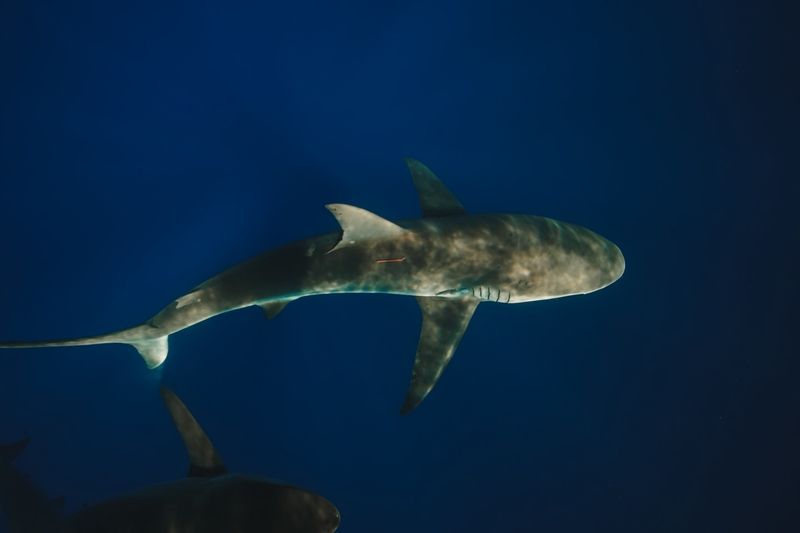
Dusky sharks are renowned for their impressive longevity, with lifespans often exceeding 40 years. This long life requires robust health and adaptability to changing ocean conditions.
Their longevity is attributed to slow growth rates and low reproductive output. Such life history traits make them vulnerable to overfishing and environmental changes, but they also highlight the need for long-term conservation strategies.
Understanding their lifespan helps scientists assess population dynamics and the impact of human activities. Protecting these sharks supports the stability of marine ecosystems and ensures the continuity of their species.
Deep-Water Habitats
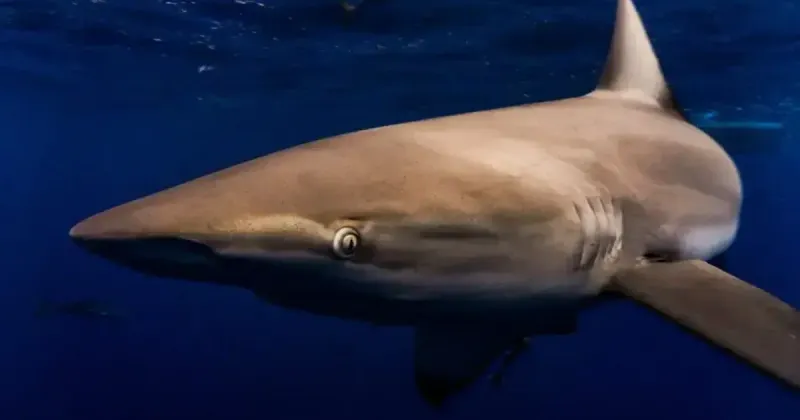
Dusky sharks are deep-water dwellers, often found at depths exceeding 400 meters. These habitats offer a refuge from predators and human disturbances.
The deep-sea environment demands unique adaptations, such as pressure tolerance and efficient energy use. These adaptations enable them to thrive where few others can.
Exploring their deep-water habitats provides insights into the uncharted realms of the ocean. Understanding these habitats is crucial for effective conservation and highlights the importance of preserving oceanic biodiversity amidst increasing human exploitation.
Social Structures
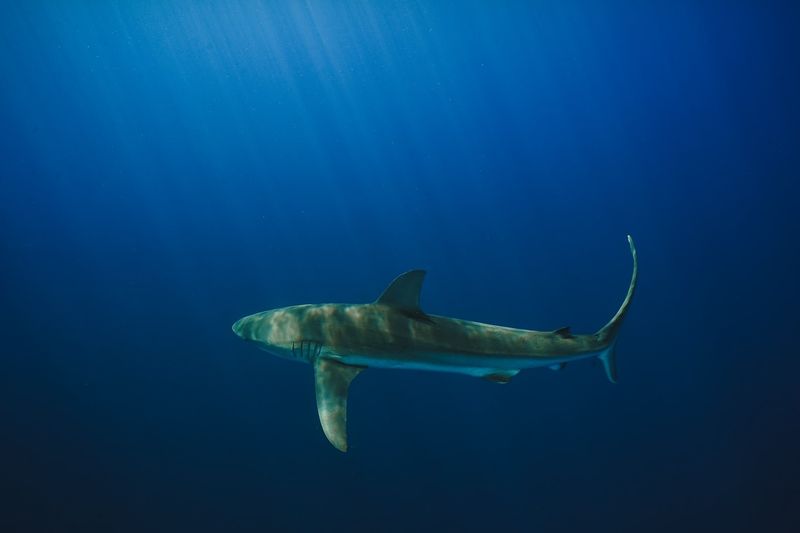
While often solitary, dusky sharks display intriguing social behaviors. Occasionally, they form groups, particularly during mating seasons or around abundant food sources.
These social structures are not well understood but play a role in their reproductive success and survival. Group behavior may offer advantages, such as enhanced protection and increased foraging efficiency.
Studying these social dynamics sheds light on the complexity of shark behavior. It reveals their adaptability and intelligence, contributing to a broader understanding of marine animal societies and interactions.
Cultural Significance
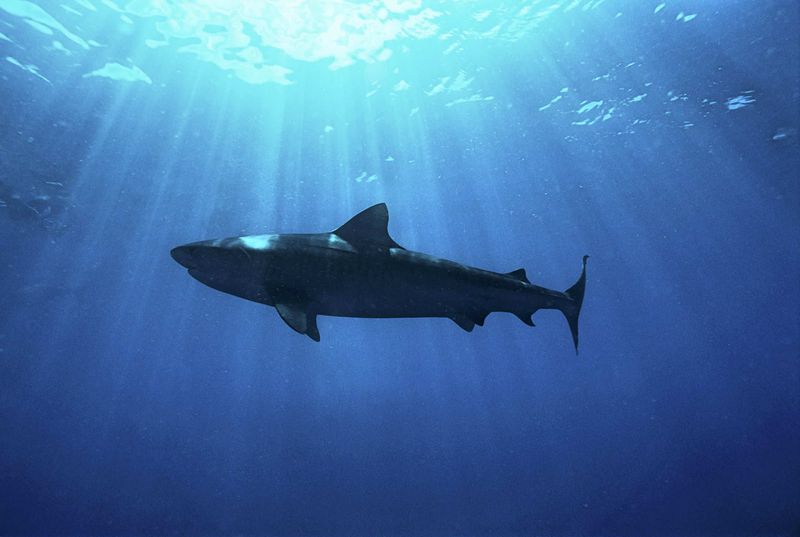
Throughout history, dusky sharks have appeared in various cultural narratives and symbols. They are often revered in maritime folklore, symbolizing strength and resilience.
In some cultures, they are associated with the mysteries of the deep sea, representing both danger and respect. This duality reflects human fascination with the ocean’s depths and the creatures that inhabit them.
Exploring their cultural significance uncovers how humans relate to marine life. It highlights the enduring connection between people and the sea, enriched by the presence of these majestic sharks.
Remarkable Speed
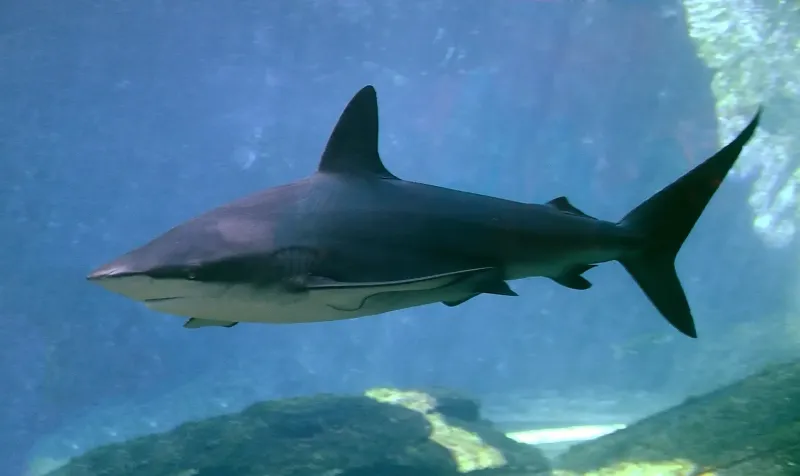
Dusky sharks are not just powerful but remarkably quick. Their streamlined bodies and strong tails enable bursts of speed, crucial for both hunting and evading threats.
This speed enhances their predatory efficiency, allowing swift pursuit of agile prey. It also aids in migration, helping them cover vast distances swiftly.
Their agility and speed are testaments to their evolutionary success. Observing these traits provides insights into their survival strategies and the evolutionary pressures that shaped them. It underscores the dynamic nature of life in the ocean’s depths.
Role in Ecosystem
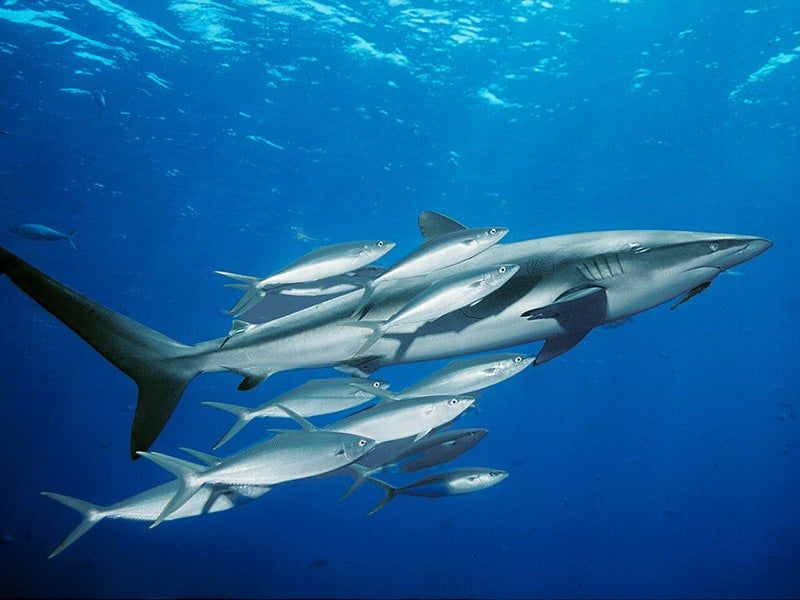
As integral components of marine ecosystems, dusky sharks impact species composition and health. Their role extends beyond predation, influencing the behavior and distribution of other marine animals.
Their presence can shape the structure of fish communities, promoting diversity and resilience. This ecological influence highlights their importance in maintaining balanced ecosystems.
Understanding their role offers insights into marine biodiversity and ecosystem functioning. Protecting dusky sharks ensures the health of oceanic environments, benefiting both marine life and human communities reliant on the sea’s resources.
Historical Presence
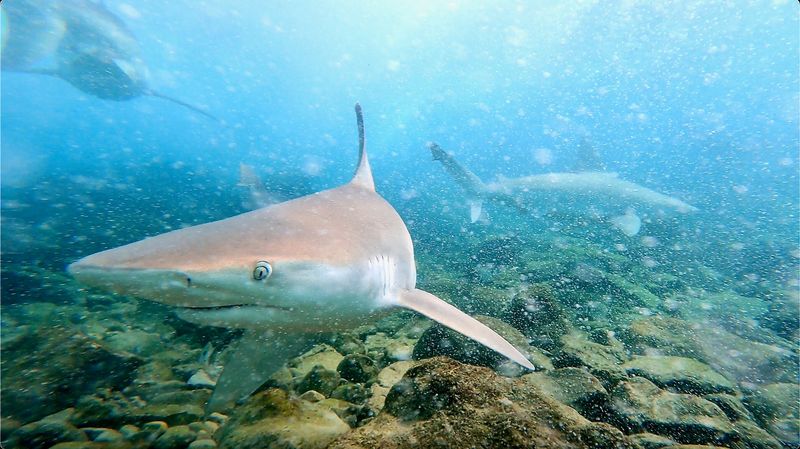
Dusky sharks have roamed the oceans for millions of years, with fossil records tracing their lineage back to ancient seas. This historical presence reveals their adaptability and evolutionary success.
Their enduring existence through geological changes underscores their resilience. It also provides a unique perspective on the evolution of marine predators and the environments they inhabited.
Studying their historical presence enriches our understanding of marine life’s past and informs conservation efforts. It highlights the importance of preserving not just species but the ecological narratives they carry.
Research and Discovery
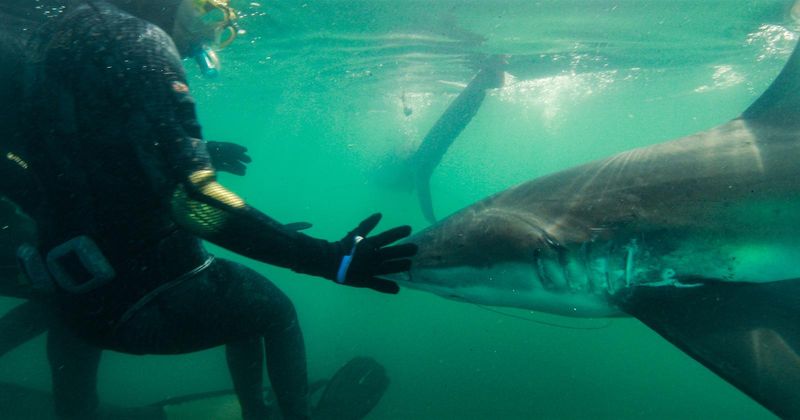
Research on dusky sharks continues to unveil exciting discoveries, from migratory patterns to reproductive behavior. These studies are crucial for conservation and management strategies.
Marine biologists employ advanced technologies, such as satellite tagging and genetic analysis, to gather data on these elusive creatures. Each discovery adds to the collective knowledge of oceanic life.
Ongoing research highlights the importance of understanding predators like dusky sharks to maintain healthy oceans. It underscores the need for scientific collaboration in protecting marine biodiversity and fostering sustainable ocean stewardship.

